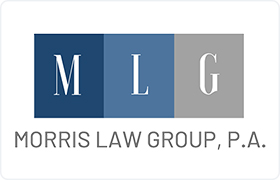Sanborn Credit & Debt Lawyer, Minnesota
Sponsored Law Firm
-
 x
x

Click For More Info:
-
Morris Law Group PA
7380 France Ave S. Suite 250 Edina, MN 55435» view mapBankruptcy & Debt We Are Experts In What We Do
Whether it’s your home or business, you are important to us. Reach out today to set up a meeting with one of our experienced Edina lawyers.
952-832-2000
Not enough matches for Sanborn Credit & Debt lawyer.
Below are all Sanborn Bankruptcy & Debt lawyers.
Kevin K. Stroup
Agrochemicals, Agribusiness, Agriculture, Bankruptcy Litigation
Status: In Good Standing Licensed: 39 Years
Gene Mailander
Bankruptcy, Real Estate, Trusts, Family Law, Workers' Compensation
Status: In Good Standing
 Bethany Danner Edina, MN
Bethany Danner Edina, MN Practice AreasExpertise
Practice AreasExpertise
